Goodbye back pain! We'll show you ten tips for a perfect raised bed that's not just good for your back.
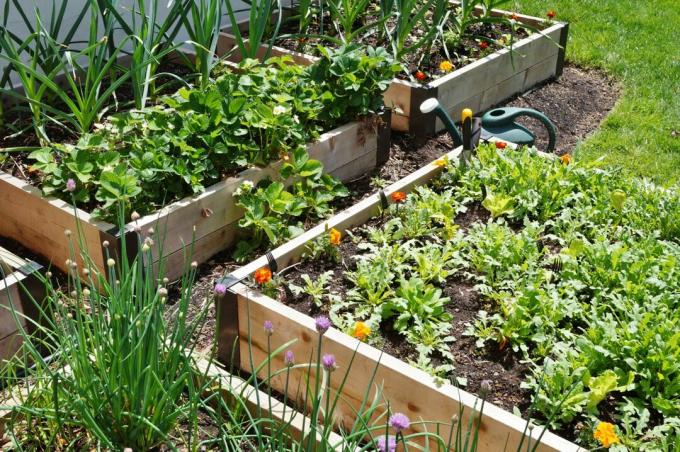
Raised beds are probably one of the biggest garden trends at the moment. No wonder, after all, the mini gardens are easy on the back and knees. Gone are the days when you had to laboriously bend down or crawl through the bed - in a raised bed, unpopular tasks such as weeds can be done much more quickly. And not only that: Raised beds also look good and make the vegetable garden a real eye-catcher. With these ten tips we will show you how you can build and plant your own perfect raised bed.
contents
- Tip 1: Spoiled for choice when it comes to material
- Tip 2: Bigger is better?
- Tip 3: Layer by layer
- Tip 4: Snail deterrent and mouse minimization
- Tip 5: Built-in heating
- Tip 6: Let the water flow!
- Tip 7: Raised or cold frame?
- Tip 8: The right plants
- Tip 9: Reclassify as you age
- Tip 10: Winter protection
Tip: Life is not only made easier for you with the raised bed: Due to the faster heating of the soil on the raised ground floor, plants grow much faster earlier. Therefore, a higher yield can often be achieved in raised beds.
Tip 1: Spoiled for choice when it comes to material
The raised bed made of wood remains the most popular, because it not only looks beautiful, but is also much faster to set up, dismantle or convert than many other variants. However, wood rots very quickly in moisture and becomes rotten. Therefore, you should pay attention to the choice of the right wood when buying. Durable woods such as ash, beech, oak and larch are significantly more weather-resistant. In addition, lining with a knobbed foil, as is also used for underground building protection, is an important measure that extends the durability of the wooden raised bed. From the outside, the glaze or oiling of the wood is a good idea. This is especially true if cheaper, less weather-resistant timber such as spruce was used.
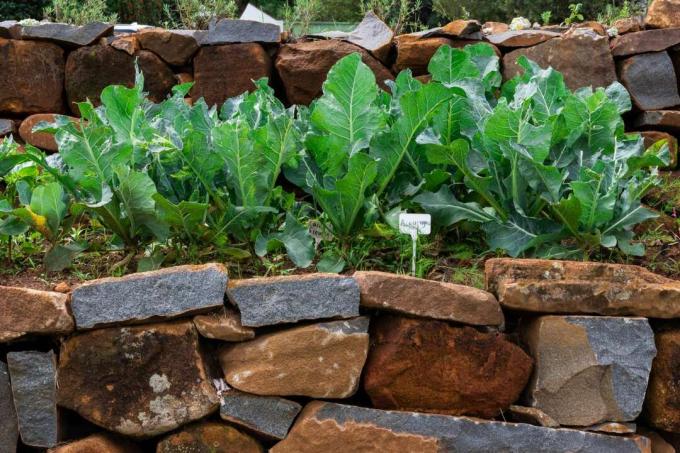
But other building materials also have their charm: concrete can be poured very precisely and in different shapes, and it is also particularly weather-resistant. Natural stone raised beds have a rustic appearance. Raised beds made of metal are also becoming more and more popular: over time they develop unique colors due to the weather and can be extremely durable.
Tip: However, concrete and stone take longer to warm up in the spring, which means that the raised bed stays cold longer. In autumn and on cool summer days, however, they ensure that the bed is kept evenly warm. This in turn promotes vegetable growth.
Metal raised beds, on the other hand, warm up quickly in spring, but cannot store the heat for long either on cool nights or in autumn - not good conditions for vegetable growth. Raised beds made of wood offer a very good balance of insulation on the one hand and rapid heating on the other.
Tip 2: Bigger is better?
Size is a key factor when planning a raised bed. The decisive factors are above all the space available and your own body size. Tall people prefer their bed a little higher, who gardening with children, will rather build lower. However, the following values can be regarded as rough guidelines: The height of the raised bed should be approx up to your hips (70 to 100 cm for adults) so that you are really working on your back be able. The width of the bed should be about the length of your arm so that you can work up to the rearmost plant without any problems (140 - 160 cm). When it comes to length, on the other hand, there are no limits. Your taste alone decides here.
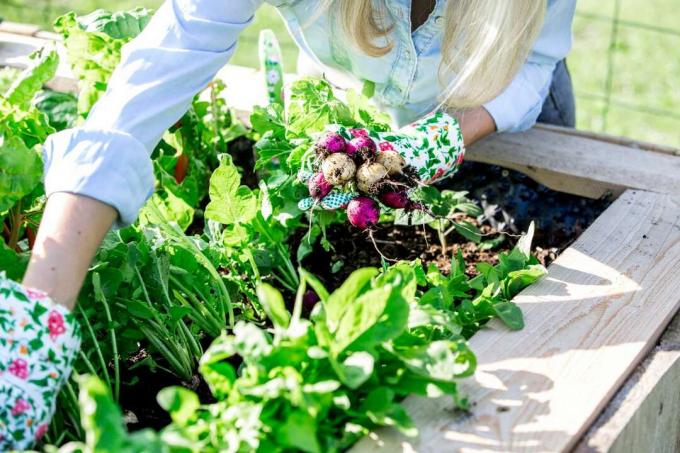
But there are also plant cultivation aspects that can play a role in the dimensions of the raised bed: A narrow, A raised bed with the long side facing south heats up quickly in spring, making for particularly early harvests possible.
Tip 3: Layer by layer
The foundations are in place, now it's time for the right filling. But wait: you shouldn’t pour anything into a raised bed haphazardly. In order to enjoy the bed for a long time, you should use different ones Raised Bed Layers invest:
- A fine one goes at the bottom of the raised bed rabbit wire, which prevents hungry voles from entering.
- On it can a location mineral drainage material such as field stones or rubble are deposited - but this layer is not a must.
- A layer follows coarse branches, twigs, rhizomes and other woody garden debris. They also ensure good water drainage and decompose over the years into high-quality humus.
- On this layer will fine plant material such as lawn clippings, leaves, shrub sections, lawn sods or seed weeds. The layer is so deep in the bed that the seeds will no longer be able to germinate.
- This unrotted material will now mature compost or potting soil made from quality compost like our Plantura organic compost given and distributed. It contains all the nutrients essential for plants in an organically bound form and makes them available to the raised bed plants over a long period of time. As a peat-free soil, our compost also emits 30% less CO throughout its life cycle2 than peat substrates do.
- The top layer as the supporting layer of the plants should be a nutrient-rich, pre-fertilized soil be. Here, a light soil is suitable for many types of vegetables, which does not collapse so quickly and warms up well with the sun in spring. Our peat-free Plantura organic tomato & vegetable soil with coconut pulp, wood fibers and compost is loose and particularly rich in potassium to protect your plants from fungal diseases.
All raised bed layers at a glance:
| position | contents |
|---|---|
| On the ground | rabbit wire |
| On the ground | Mineral drainage layer (optional) |
| About 1/3 of the bed height | Coarse plant material such as branches and roots |
| About 1/3 of the bed height | Plantura organic compost or mature compost |
| At least 30 cm | Nutrient-rich vegetable soil, such as ours Plantura organic tomato & vegetable soil |
Tip: Herb raised beds for Mediterranean herbs can alternatively be covered with a top layer of nutrient-reduced herb soil, such as ours Plantura Organic Herb & Seed Soil, be completed. This supports the formation of aromatic essential oils. However, many herbs also love nutrient-rich soil, such as basil, chives and parsley.
Tip 4: Snail deterrent and mouse minimization
Not only plants feel at home in the raised bed. Unwanted pests also find shelter here. But don't worry: If you take a few precautionary measures, you won't have to worry about uninvited guests later. A close-meshed wire between the ground and the raised bed protects against soil animals such as voles or moles. Even Snails in the raised bed, which feel particularly at home in salad beds, can be avoided from the outset. A surrounding snail protection edge prevents the small wolverines from finding their way to the plant and thus ensures a snail-free bed.

Tip 5: Built-in heating
What many gardeners don't even know: Raised beds are not only particularly easy on the back, they also develop their own heat. The rotting processes of the various layers inside release energy and this warms the bed like its own heating system. Therefore, many plants can be cultivated earlier in the raised bed than in a normal bed. Nevertheless, you should protect young plants in spring with a garden fleece overnight. In this way, the heat of the raised bed is stored and late cold snaps no longer stand a chance.
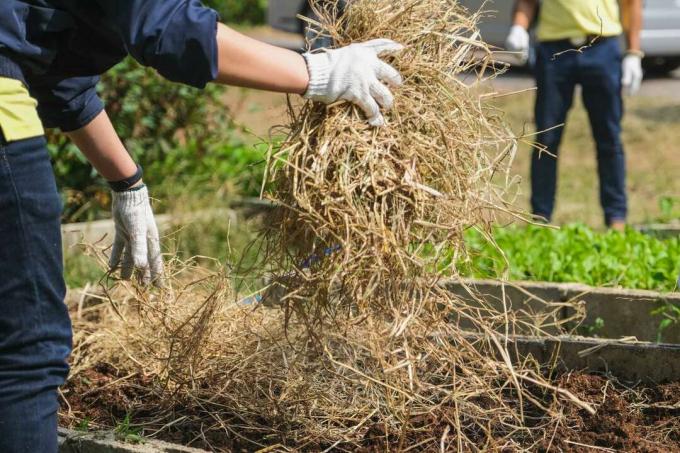
Tip 6: Let the water flow!
It is also amazing that plants in raised beds need more water than in normal beds. The explanation is quite logical: in the raised bed, the heat is significantly higher due to the rotting processes and the lack of integration into the cool soil. That's why a lot more water evaporates than in a normal bed. Therefore, the plants need replenishment much more often. But even too much of a good thing is not optimal for the plants, because even with optimal stratification, too much water can lead to waterlogging. It is better to check regularly whether the bed still has enough moisture.
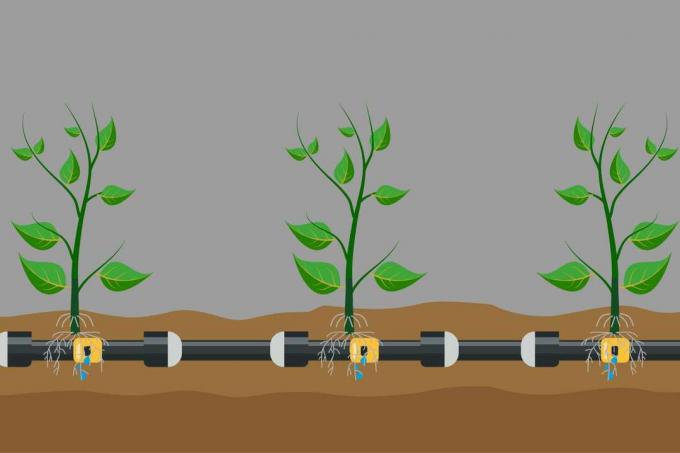
Tip: It is particularly resourceful to introduce drip irrigation under the top layer while the raised bed is being layered. This helps to save water because the water goes directly to the roots of the plants and does not evaporate from the surface.
Tip 7: Raised or cold frame?
A simple but ingenious trick: If you have a bit of manual skills, you can easily turn your raised bed into a cold frame. An attachment made of plexiglass or foil not only protects the plants from wind and weather, but also collects the heat so that the young plants are nice and cozy. If you are not very good with a hammer and nail, you can simply use a foil tunnel or special attachments that are offered by various raised bed manufacturers. But make sure that not too much humidity collects under the roofs. Otherwise, fungal diseases are encouraged. When the temperatures are finally warm enough, you can simply remove these attachments and stow them away. So you have a raised bed and a cold frame in one.

Tip 8: The right plants
Which plants fit in a raised bed? A classic raised bed contains a particularly large number of nutrients, which is why heavy consumers such as cabbage, salad or leek suitable, but also tomatoes, zucchini but also strawberries feel good. On the other hand, weak consumers, such as Mediterranean herbs, should only move into it a few years after planting the raised bed or directly into one that is poor in nutrients herbal spiral to be planted. A Planting plan for the raised bed with tips for mixed cultivation as well as matching Crop rotation in the raised bedthat prevent pest infestation, we have summarized them in detailed special articles.
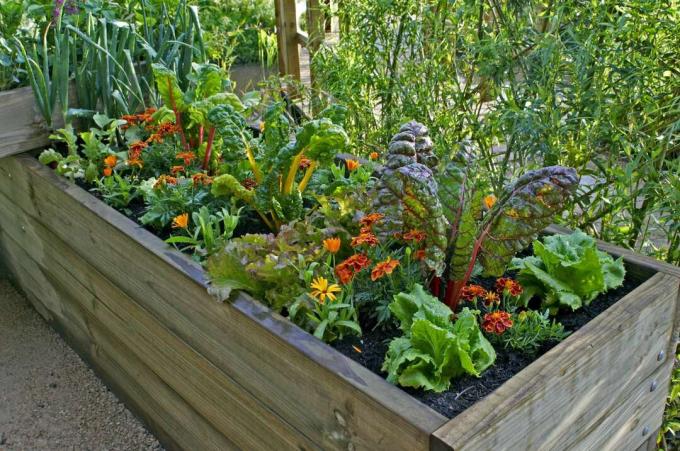
Tip 9: Reclassify as you age
In the raised bed, further rotting processes occur with increasing age. Already in the first year the soil can sink up to 20 cm. But this can easily be done with normal potting soil, such as ours Plantura organic tomato & vegetable soil, to be refilled. However, this layer effect is completely used up after five to seven years and it is time for something new. The contents of the bed should then be removed completely. At the same time, you can check the condition of the attached foils and protective grilles. After that, a new layer system is simply set up - and you can enjoy your raised bed in peace for the next five to seven years.
Tip 10: Winter protection
During the winter months, i.e. from December to January, no more plants should be grown in the raised bed. Due to its exposed location and lack of integration into the insulating soil, the bed cools down much faster than normal garden beds. At most perennial hardy plants such as herbs and perennials or winter vegetables such as Kale are suitable for this. Furthermore, the bed should be covered with a foil or tarpaulin: This prevents rain and snow from washing the important nutrients out of the soil.
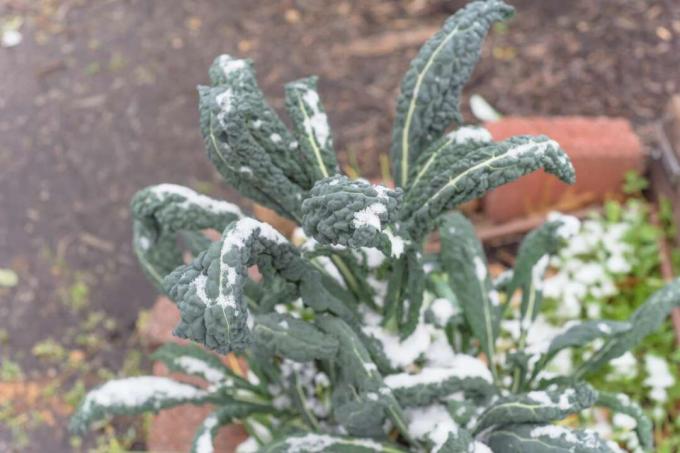
tip: It is worth using the time over the winter months and introducing new nutrients into the upper planting layer with horn shavings or something similar. Incidentally, one also protects in the raised bed green manure the nutrients from leaching and can be incorporated to improve the soil in spring.
If you are now interested in becoming active yourself, our article “build a raised bed” with video instructions will be interesting for you.
You can find more inspiration on the subject of “raised beds” here on our Pinterest page:



